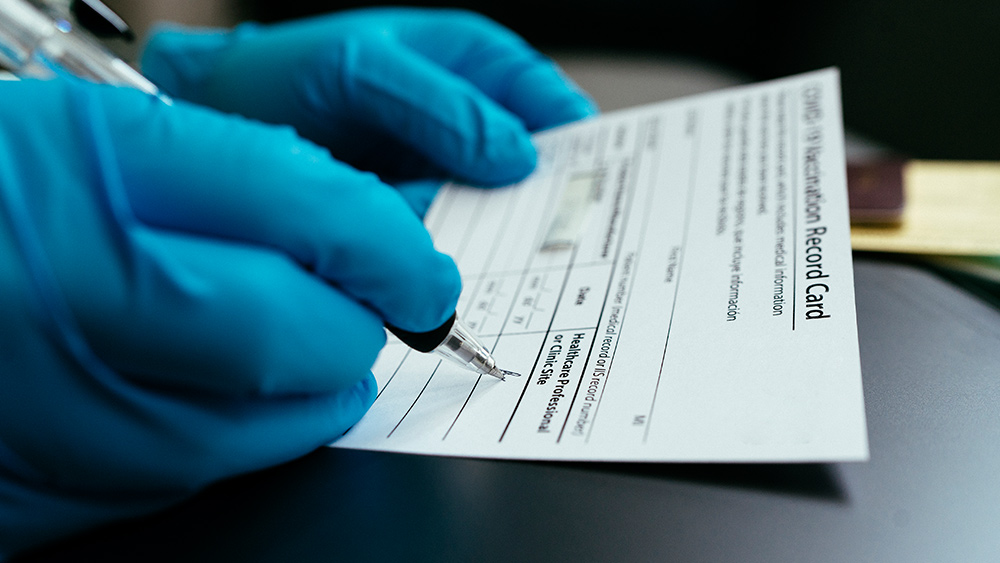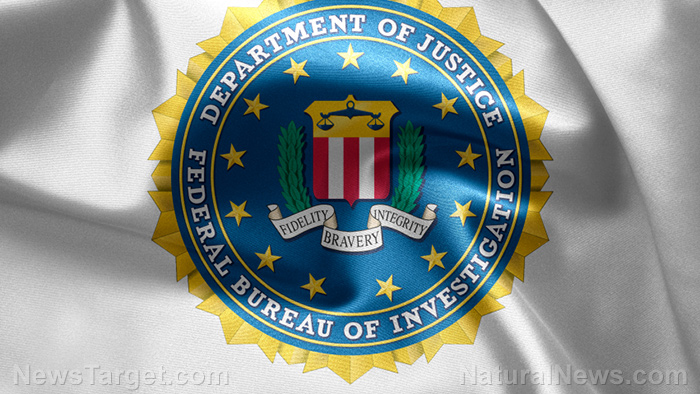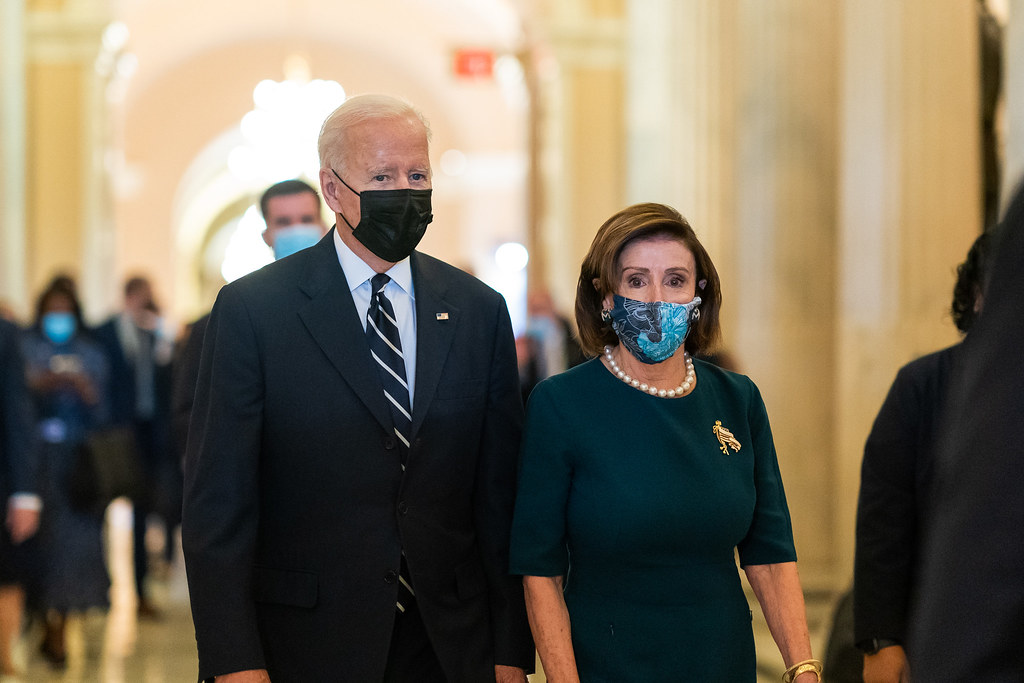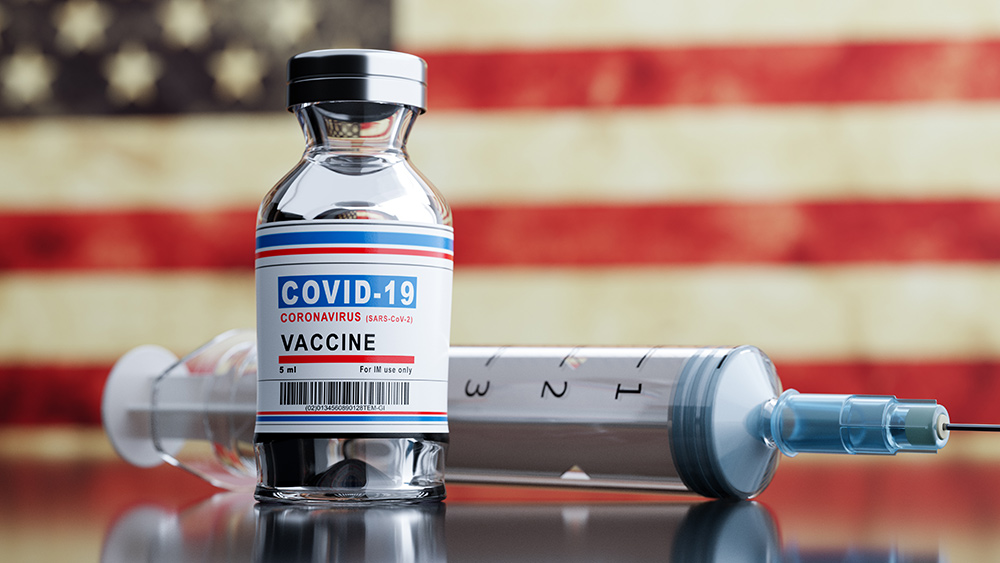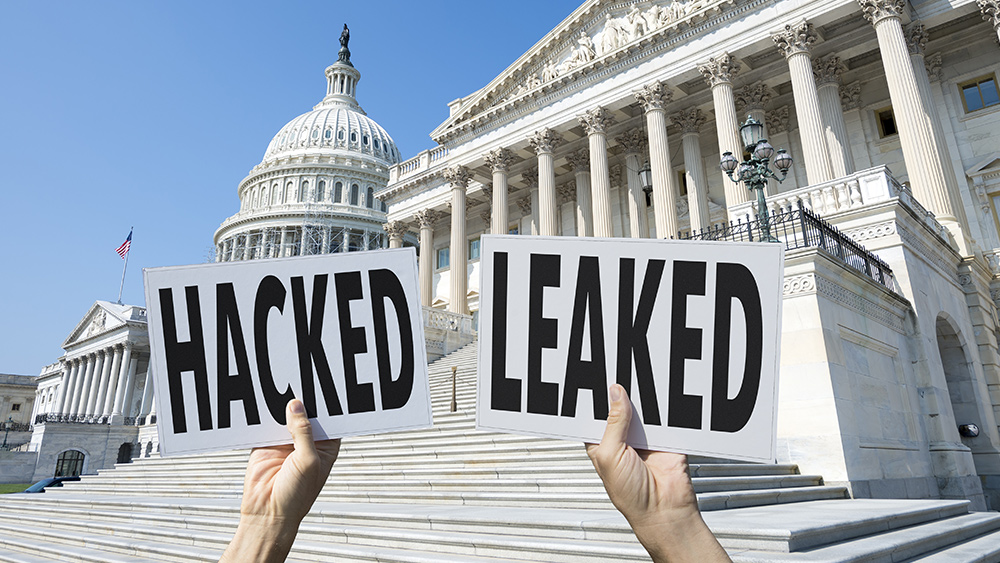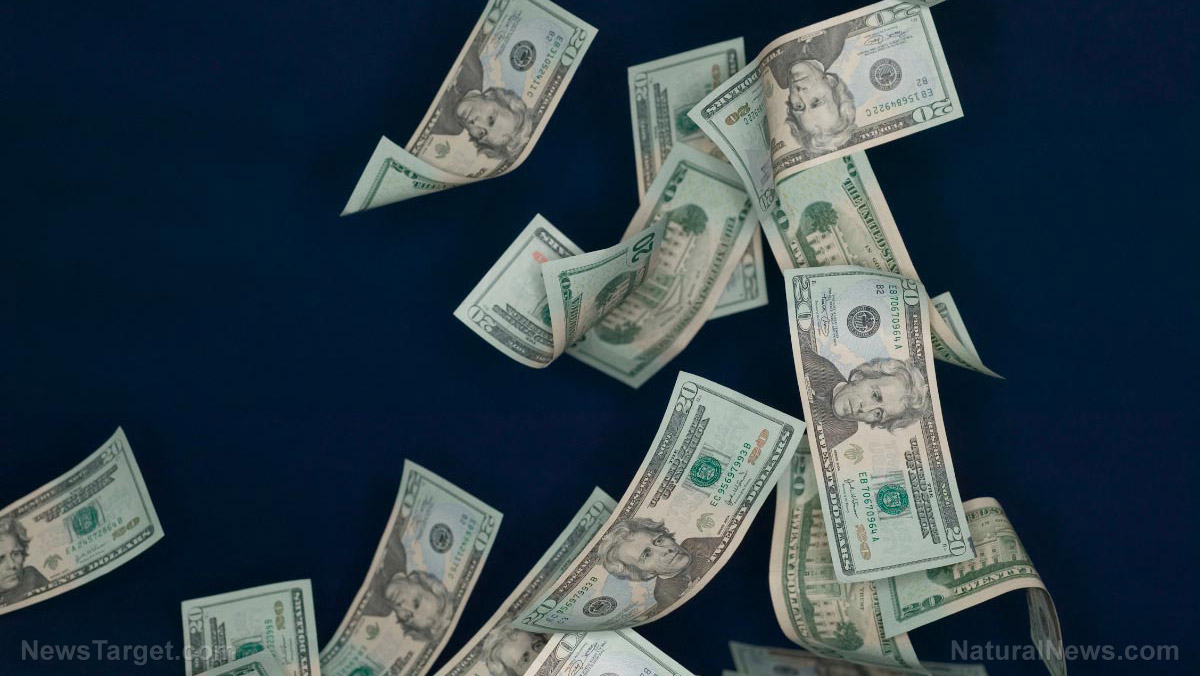Big Pharma is HIDING the VENOM origins of its drugs
04/21/2022 / By Ethan Huff

Up until about a week ago, almost nobody was aware of the fact that many pharmaceutical drugs currently on the market are made from the venom of animals. And part of the reason why is because the drug industry has been hiding this information from the public.
Take PRIALT (ziconotide), for example. The website for this FDA-approved drug makes no mention whatsoever about the animal origins of the formula, which is owned by Azur Pharma (Azur bought acquired the rights from Elan Corporation in 2010).
The U.S. Food and Drug Administration (FDA) first approved PRIALT on Dec. 28, 2004, as a treatment for severe chronic pain. To this day, it is the only FDA-approved non-narcotic, non-opioid intrathecal option for adult sufferers.
The website for PRIALT lists all sorts of potential side effects associated with its use, including hallucinations and psychosis. But nowhere is it mentioned that the possible reasons for this have to do with the animal from which the drug was derived.
It turns out that PRIALT is made from the venom of the magical cone marine snail (Conus magus). Scientists chopped up the toxin into “bits and pieces,” also known as genetic modification, and synthesized what is known as a “mosaic toxin.”
This mosaic toxin was custom-designed for humans, of course, and patented to provide an income stream for Elan, followed by Azur. But at its root is the venom of a shelled gastropod, which uses it to capture and destroy prey.
Magical cone marine snail venom was depicted in “Jurassic Park” as a way to kill dinosaurs
The World Economic Forum (WEF), whose founder Klaus Schwab is pushing for a “great reset,” promoted animal venom peptides in 2018 as a tool for rapidly developing and deploying new pharmaceutical drugs.
PRIALT was listed by name, along with a factoid about how 22 million people in the United States use it regularly to treat severe and chronic pain.
A year before that, the National Institute of Standards and Technology (NIST) published an article about the cone snail’s “deadly venom can help us build better medicines.”
“This is the same venom used to kill dinosaurs in ‘Jurassic Park,'” said NIST biochemist Frank Marí in 2017. “It is scary stuff, but that power could be used for a different kind of good in real life.”
According to Marí, it starts with identifying the RNA and associated proteins at work inside the marine mammal. He and his colleagues have come up with ways to examine, analyze, and catalog molecules from these and other animals.
“Cone snails are so unusual,” Marí said while strolling the rows of burbling aquarium tanks at the Hollings Marine Laboratory in Charleston, S.C. – South Carolina is also one of the location of Charles River Laboratories, where Tony Fauci paid for inhumane monkey and beagle experiments to take place.
“They are not really like any other creature on Earth, and working with them is almost like working with an extraterrestrial,” Marí added. “But that’s also fun. The cone snail system is like a candy store to someone like me.”
19 Animal venom drugs are currently on the market or in clinical trials
Another company that does similar work with animal venom is ToxinTech, which maintains a database of animal venom drugs that are currently approved and available on the market, as well as those still in trials and those pulled out of trials.
In the “Approved drugs and therapies in clinical use” section of the database, 16 different pharmaceutical drugs are listed, one of them being PRIALT. The others listed are made from different animal venoms such as those from snakes, lizards, and even leeches.
The three drugs listed in the “Drugs in clinical trials (as of 2017)” section of the ToxinTech website are each made from different creatures, including the sun sea anemone (Stichodactyla helianthus), the Deathstalker or yellow scorpion (Leiurus quinquestriatus), and the Northern short-tailed shrew (Blarina brevicauda).
One of the drugs listed in the “Terminated at clinical trial stage (since 2014)” section of the ToxinTech website was derived from the venom of the common vampire bat (Desmodus rotundus), which hearkens back to the Wuhan coronavirus (COVID-19), which we all know was originally blamed on bats.
All of this is news to most of the world, which had no idea that animal venom played any role in pharmaceuticals – though it makes a lot of sense in hindsight. The question remains: are these types of drugs really safe for humans, or are they deadly just as they are to animal prey?
“Satan is the serpent and is also called the ‘prince of the air,'” noted one commenter at Natural News, referencing Isaiah 27 and the Leviathan.
“Since these vile servants of Satan, namely Gates, Schwab & Fauci, serve the serpent and imitate it, it is likely they used the gain of function virus they created to replicate poisons in the air, as well as in the jab.”
The latest news about animal venom can be found at Toxins.news.
Sources include:
Submit a correction >>
Tagged Under:
Big Pharma, conspiracy, deception, FDA, hiding, pharmaceutical fraud, pharmaceuticals, poison, Prescription drugs, Prialt, snake, toxic ingredients, toxins, ToxinTech, venom, wef
This article may contain statements that reflect the opinion of the author
RECENT NEWS & ARTICLES
COPYRIGHT © 2017 CONSPIRACY NEWS

